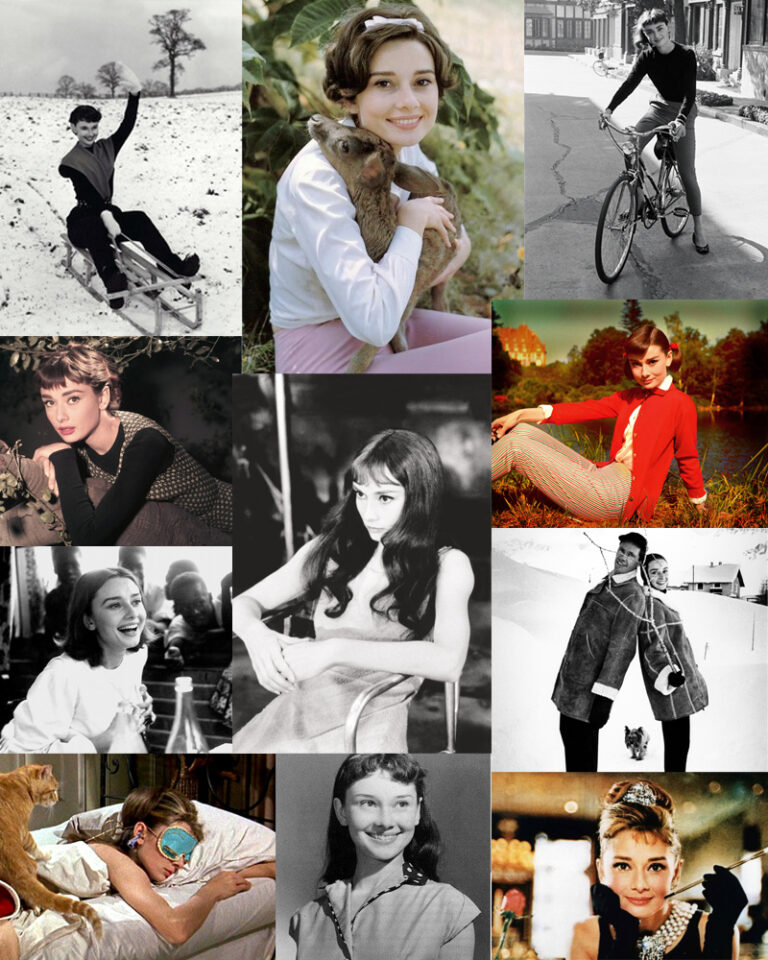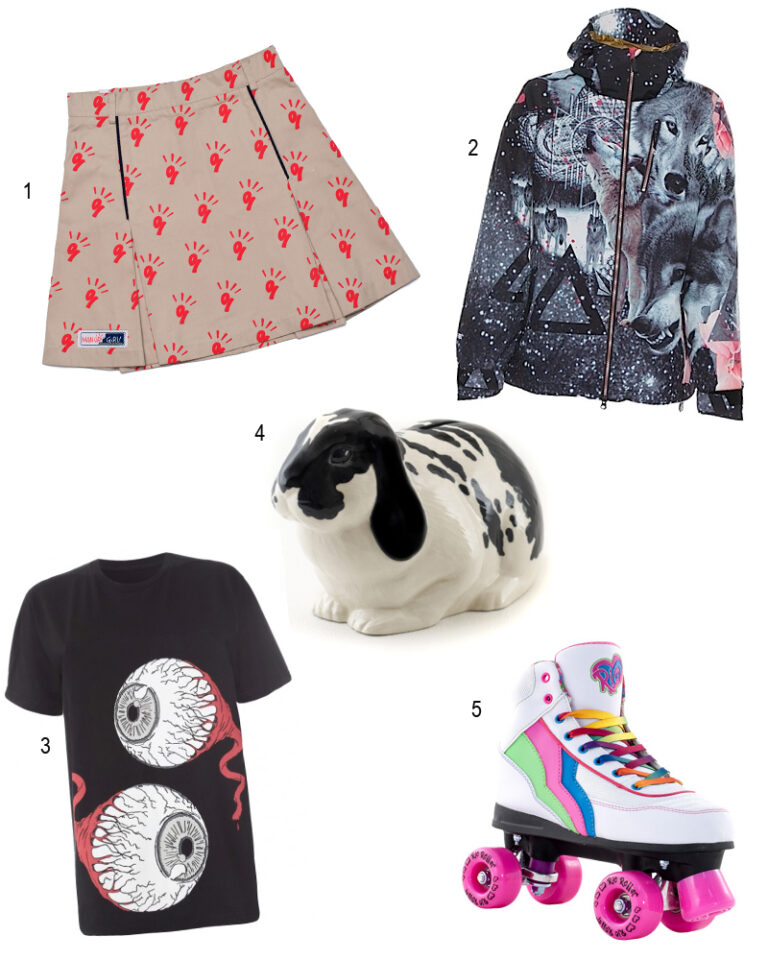Interview by Mia Kingsley
Lucy Hardcastle is 21, she was born in London but grew up in Norfolk. She is now currently studying at Chelsea college and to put it simply makes amazingly colourful artwork using all types of materials from fabrics to jelly! She is passionate about the power of pink, thinks the environment has a huge impact on her work and slowly becomes an extension of her projects as they progress. Meet the lovely Lucy, an artist of many colours…

So Lucy you’re an extremely creative young lady, has it always been that way?
Thank you, I suppose it has always been that way, I definitely have memories of wanting to draw mermaids instead of watching tv!
Tell us about the course your currently taking?
I’m currently in my final third year doing Textile Design (BA) at Chelsea College of Art & Design in London, I specialise in digital print but I do screen-print and dye when I want to give my work a more hands-on touch, so it’s not all totally flat and digital.

You’re currently focusing a lot on using textiles, how did this develop?
My work has always been about imagery, either illustrative or photographic. Combined with an interest in design be it product or garments, the possibilities of textiles just made sense. It’s definitely the movement and flexibility of fabric that attracted it to me, it somehow brings whatever you apply to it to life.
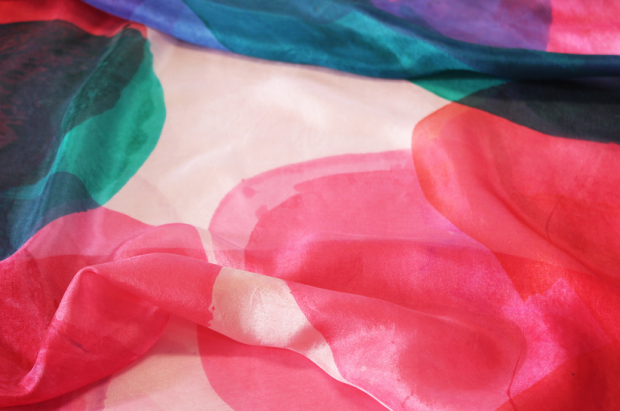
Using fabric as your platform to create must lead to many possibilities, what would you like to use your work for?
I have always been interested in my fabrics being used as garments such as the silk t-shirt range I did and I do love seeing people wearing my prints, but more recently I’ve envisaged my work being part of an experience. I think they’re becoming more suitable for installations, something in a spacial context that’s not necessarily interiors.
You use a lot of vivid colour, where do you think that came from, and what dose it mean to you?
I believe I use bright colours simply because it makes me happy, I find it very therapeutic. For me, I look at the current state of the world and I know you can’t cure world issues with colour but if it’s going to make you feel better about humanity then you should fill your life with colour because you’re never going to help and conquer when you’re unhappy. I actually got my colours done years ago to find out what I should wear that suits my skin tone and one of the colours was fuchsia pink and I forgot about it until recently so maybe there’s something in that. I find the relationships people have with colour fascinating, I’ve been fairly obsessed with the power of pink in the past year or so, to me I see it as a positive colour not a gender specific colour. I would like to open people’s minds and make them question how they consume colour, I’d love to live in a world where pink and blue are gender neutral colours. I also think that bright, vivid colours in some ways can relate to a cultural globalisation of the world, these are colours that before chemicals and digitalisation were not accessible from natural dyes in this country, and I think this is something important to consider and embrace.
Your recent projects have had an environmental and biological influence on theme, could you tell us about why this is important to you?
I believe as a designer you can’t not consider the environmental impact of your work, and this does affect my choice of processes such as using mostly digital printing which wastes less water.
I honestly find it quite hard to do a project that doesn’t have some sort of biological if not natural influence to it, it doesn’t make sense to me to have it any other way when textiles is originally yarn, woven, bonded or knitted together to create nets of fabric, theres nothing more natural than that. Everything on this earth is technically natural, even synthetic chemicals come from the ground. In order to look towards the future of textiles I think we need to go back to learning from nature, through ‘biomimicry’. For me it goes back to looking at the state of the natural world and finding a way of creating something beautiful from it, I think a lot of the things in this life which can be considered beautiful could also be seen as painfully delicate and vulnerable. I definitely do become the project in the way I dress after a while.
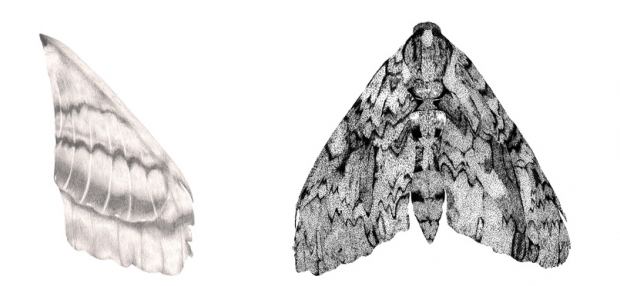
You also illustrate, dose this cross over into your textiles work?
It does cross over depending on the style of the project I’m working on. I love the the contrast of drawing either intensive or smooth textures. I generally enjoy doing any kind of drawing that’s had thought or effort put in to it that shows, but yes drawing is very important for textile print design wether it’s objective or simple mark-making.
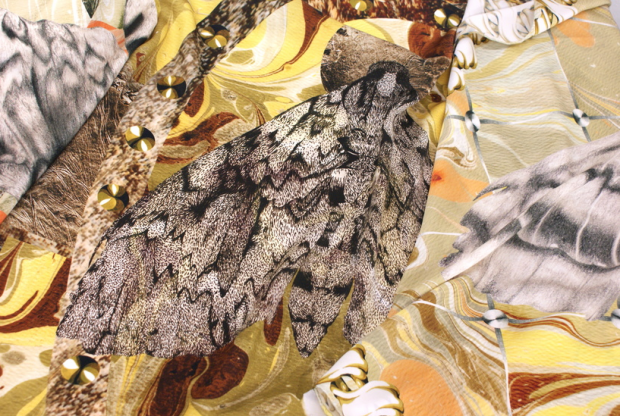
Tell us about the other materials you use, inks & jellies?
I do like to experiment with supposedly unconventional materials, but I think it’s necessary if you’re looking towards the future of textiles and fashion fabrics. In my previous project I produced prints from jelly sculptures that I created specific moulds and dyes for, I wanted to create alien-like shapes and textures inspired by possible future mutations in nature. I did also play with natural dyes in that project including squid ink and pomegranate. I am still obsessed with set liquids and gel textures, in my most recent project which was my pre-collection I looked in to dyeing fabrics through coloured agar gel from petri dishes and using wet-look glossy finishes on my fabric samples.
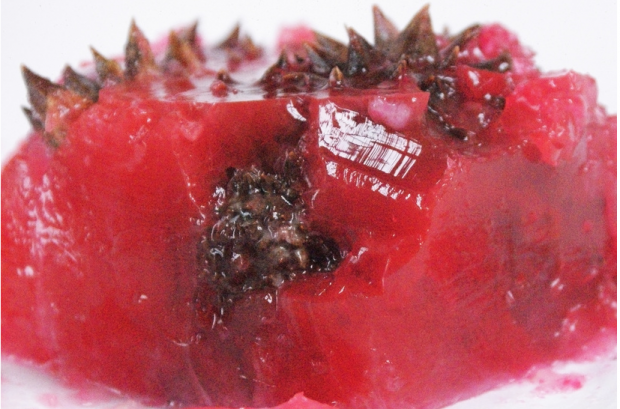
Who or what inspires you most?
Similarly to my interest in anything biological, man’s relationship with the natural world and its contrast to design aiming to live in harmony together really inspires me. Objects placed together that aren’t naturally supposed to be together, imagery that looks like it ought to be collaged or photo-shopped but aren’t very much interest me. Quite often that does end up being linked to pollution, which can be in a simply visual sense something very sad or very beautiful.

Which artists do you admire?
I’ve been in love with Pipilotti Rist for a long while now, I like anyone that’s doing something interesting with lighting so Dan Flavin and Jenny Holzer come to mind, the light show exhibition at the hayward gallery earlier this year was wonderful. I’m also a big fan of Erin O’Malley’s photography work, and I find myself relating to Yayoi Kusama at the moment.

How do you develop your ideas?
I generally begin with a concept that has to in some way come from within myself, it needs to have strong foundations that I believe in otherwise it won’t go anywhere, it needs to be centred from the beginning. Once I have a vision in mind, I go in search of imagery that will give me that mood or colour that I’m looking for. From there I consider where I’m going to find my colour palette, and what sort of processes I want to use or incorporate. I do a lot of photography to get to the image I have in mind. I often feel like a ‘nice image maker’ than an artist or designer. From there I go in to design and fabric development.
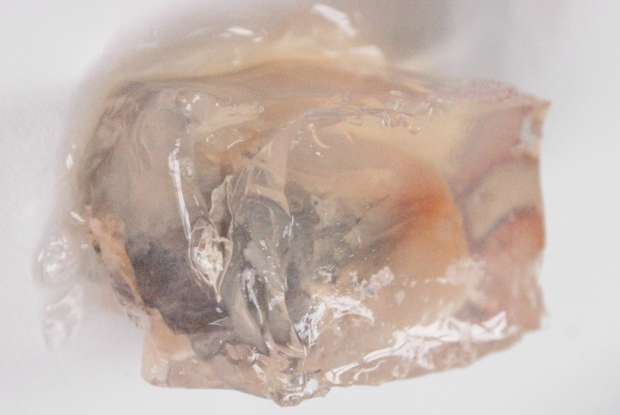
I understand you’re currently working on a pre-collection, tell us about the concept behind it…
Yes, I just handed it in this week! For my pre-collection we were given the initial brief of the phrase ‘Space Invasion’ which we could manipulate however we wanted. I planned to continue my work’s theme of a strong focus of colour, so I had an idea in my mind of a space consumed and trapped in colour. I thought about people’s lives and emotions being influenced by colour, a possibility of me being a controller of colour as a play on how controlling I can be about the outcomes of my work. Having already chosen my colour palette in my mind, I went in search for an environmental stance and because of my interest in liquid chose to look at water pollution. I learnt about the lack of regulations in China’s rivers meaning that companies can dump any kind of waste in to them, their images matched up my colour palette perfectly. It felt meant to be, something that shouldn’t have been in the water at all. It equally amazed and saddened me, these forbidden and hazardous colours, this is a highly populated part of the planet that has irreversible damage that will literally never go back to the way it was because of our consumption and care for the public’s health instead of supporting these powerful production companies. I continued to play with colour and water pollution, doing ph tests with water from different areas of the south of England and developing my work through photography, drawing and 3D work. I did digital drawing using 3D software to create my final prints, for a liquid futuristic feel that’s all about colour and a unsettling familiarity towards strange graphic shapes.
How would you describe your style?
I would describe my work’s style as vibrant, futuristic, playful yet conceptual.
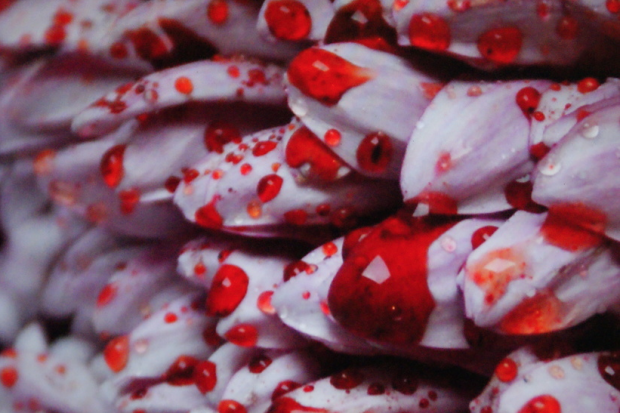
So what’s next for you Lucy, where do you see your work taking you?
Well, I will be working on my final collection now which will be out and exhibited at Chelsea in June, the lookbook for my silk t-shirts project that are available on my etsy is now coming out which I collaborated with Maisie Cousins for.
I sold some work to Nike a while ago which will be for their SS15 footwear collection so keep an eye out for that in two summer’s time! Hopefully I’ll just continue doing what I love forever!
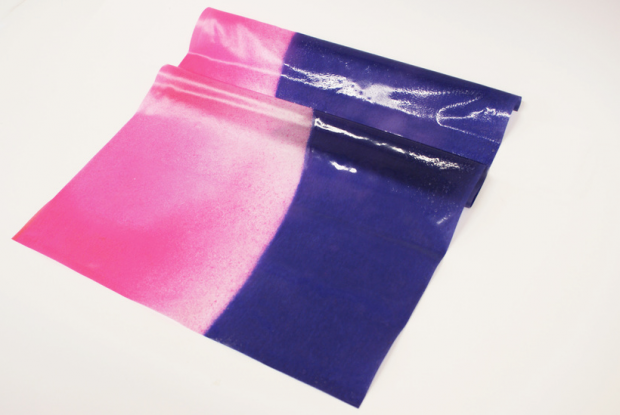
Aw thanks so much Lucy, your use of colour is incredible!! We look forward to your collections 🙂 If you enjoyed Lucy’s work and want some more vivid art to drool over check out these links:
lucyehardcastle.blogspot.co.uk
inspirationcatalyst.tumblr.com
But until my next interview for more ‘Mia Meets…’ or more Mia Kingsley:
miamagnoliakingsley.tumblr.com
whatmiamagnolialikes.tumblr.com
XXX

